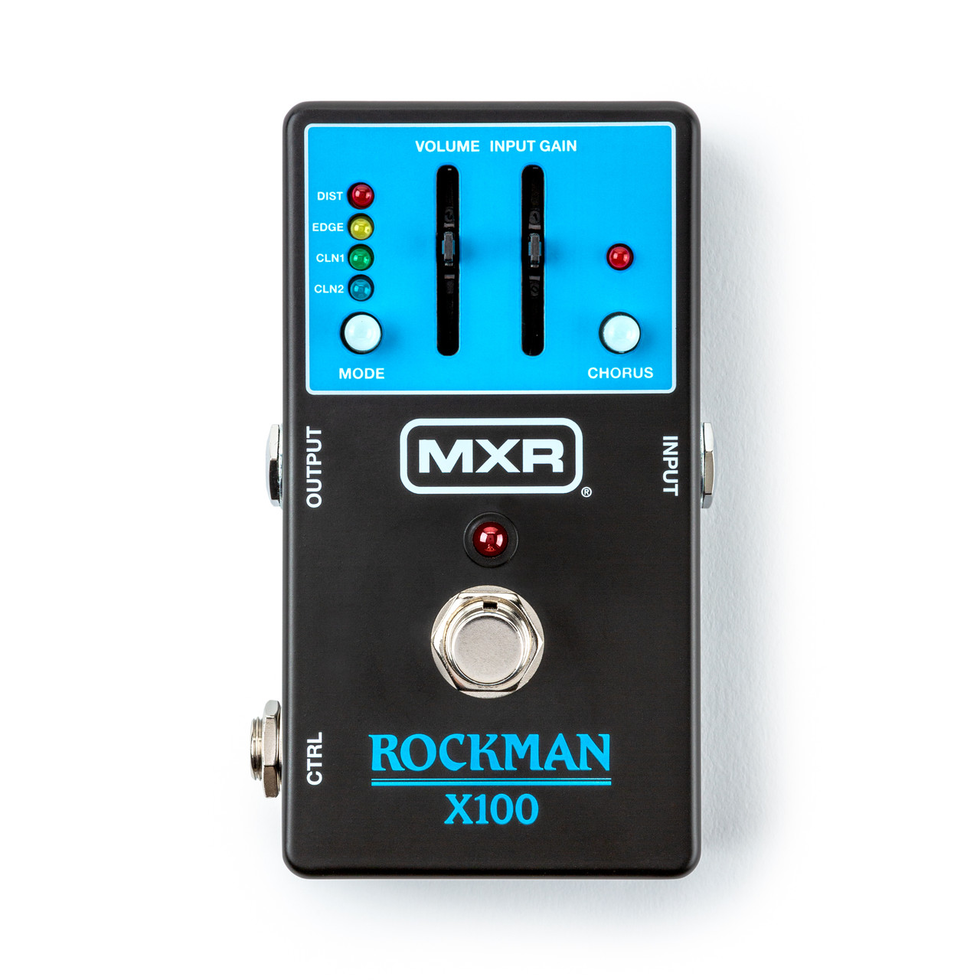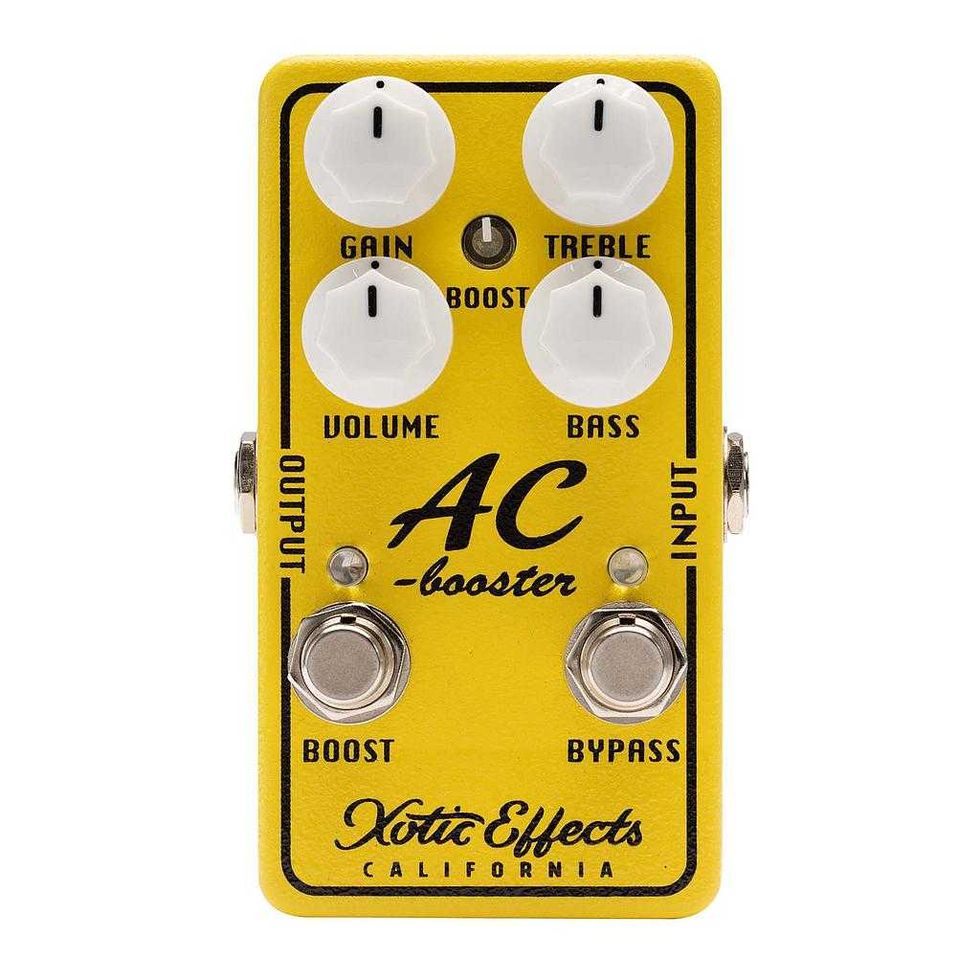You could be one of FOUR winners in today's Stompboxtober giveaway! Enter belwo your your shot at a .155 cable kit from George L's!
George L's .155 Cable Kit
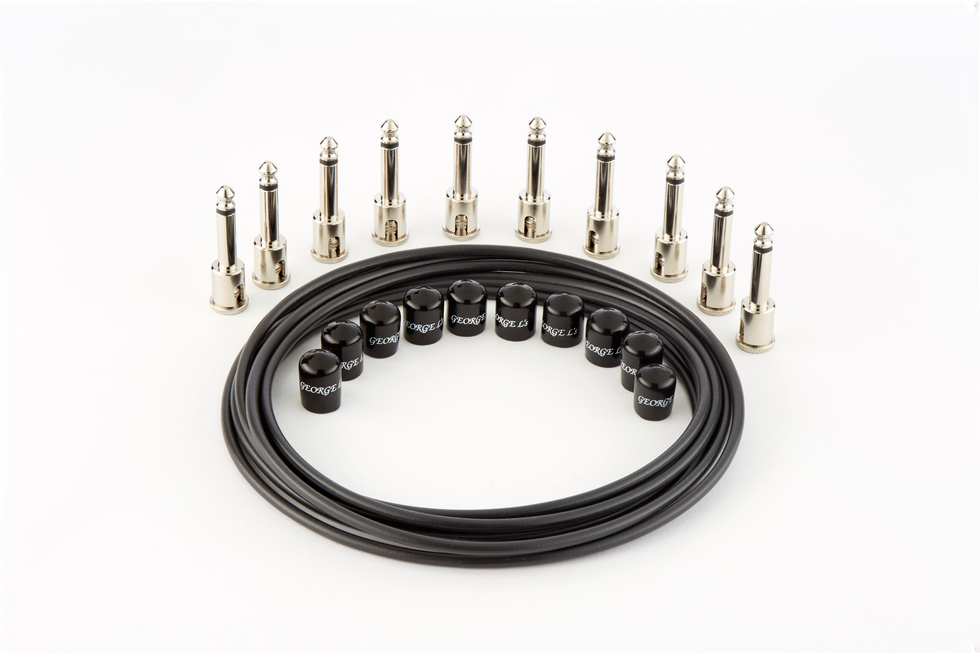
We put together 10 feet of cable, 10 right angle plugs and 10 stress relief jackets. You may select from Black, Red, or Purple. All Effects Kits come with nickel plated plugs.
4 winners will be selected.
George L's
$117







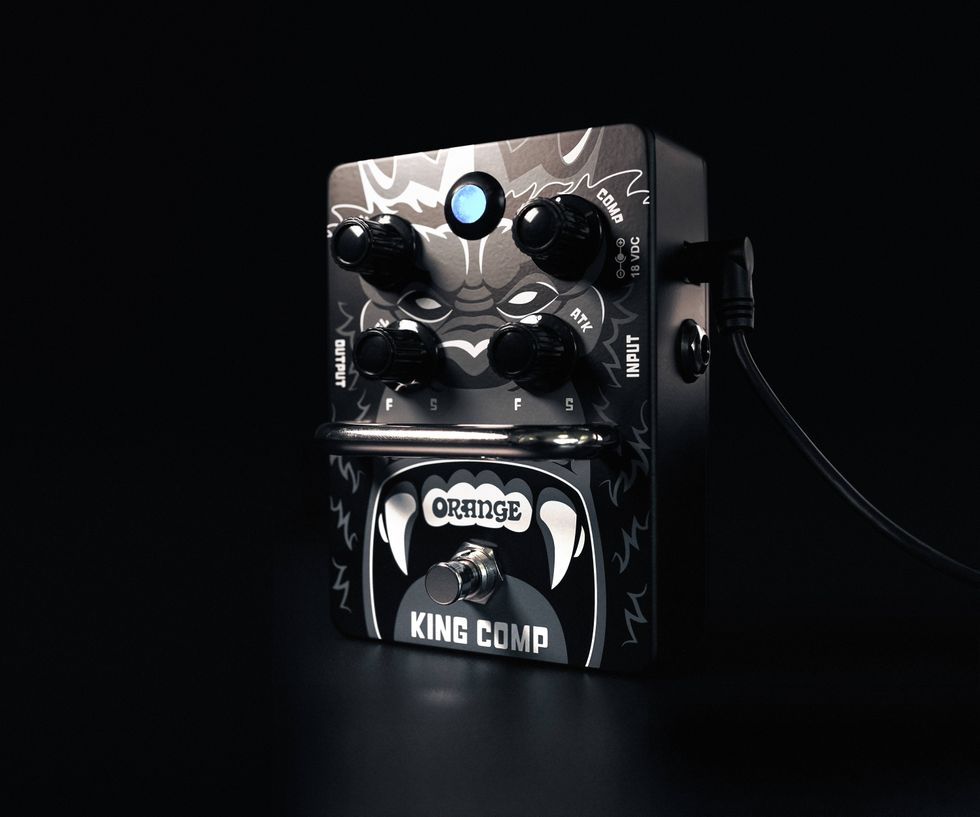

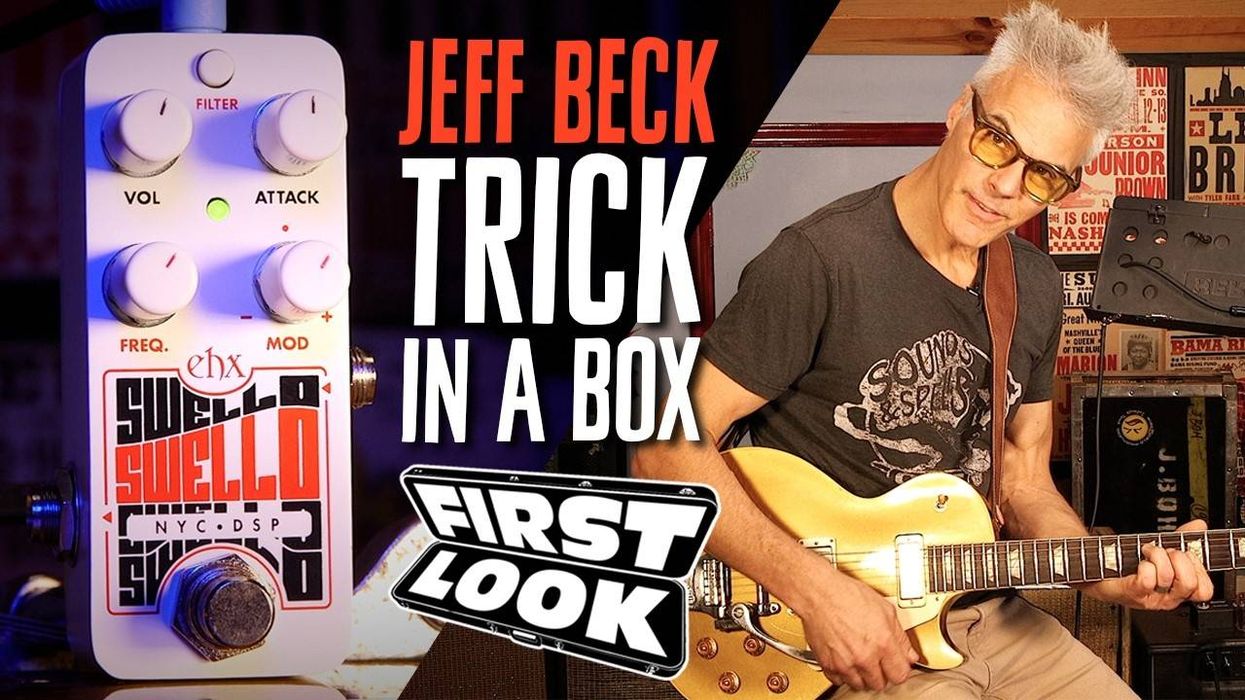
![Devon Eisenbarger [Katy Perry] Rig Rundown](https://www.premierguitar.com/media-library/youtube.jpg?id=61774583&width=1245&height=700&quality=70&coordinates=0%2C0%2C0%2C0)





